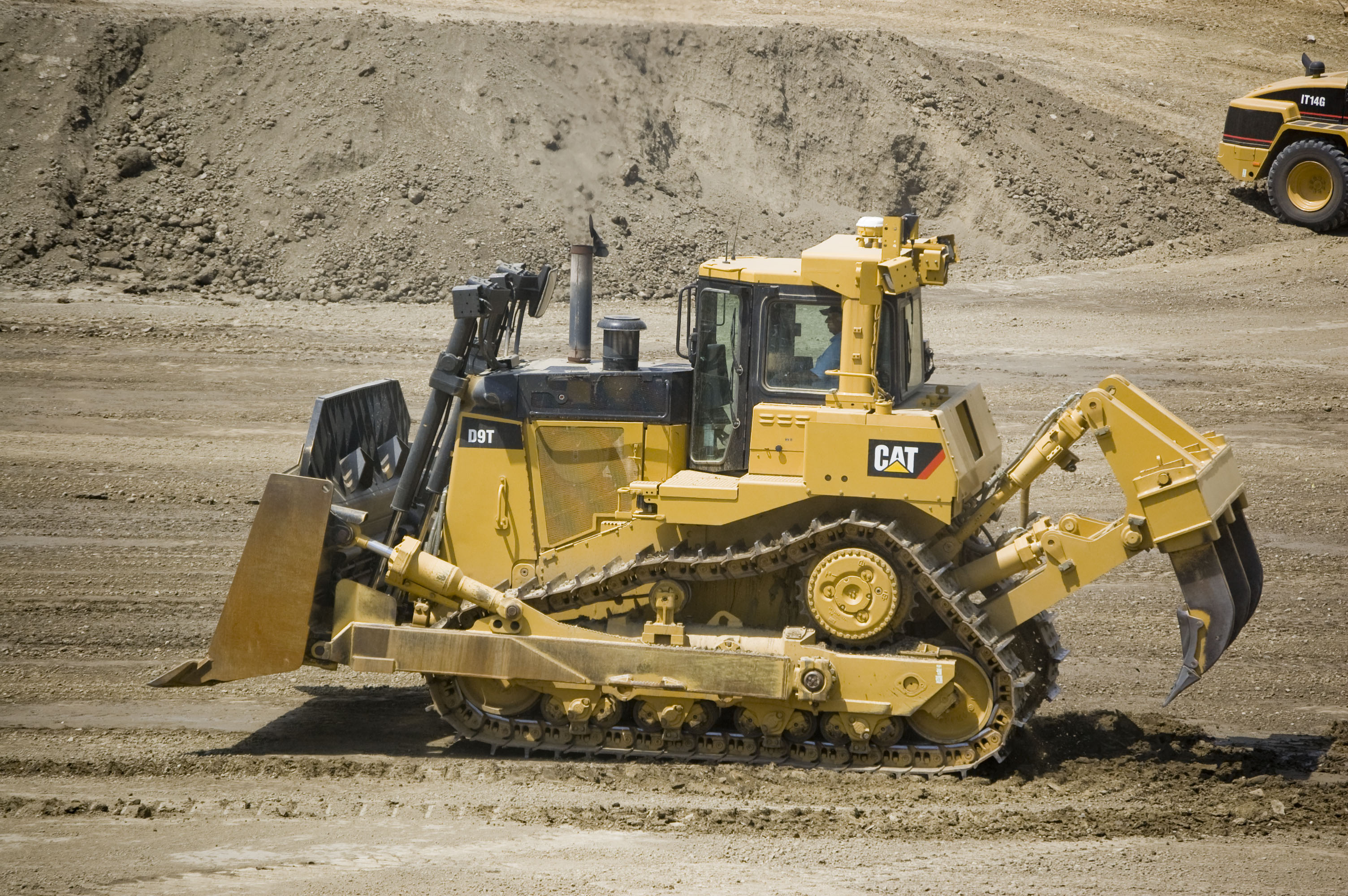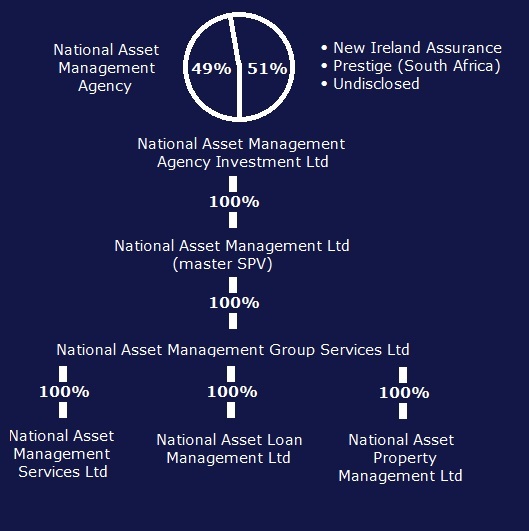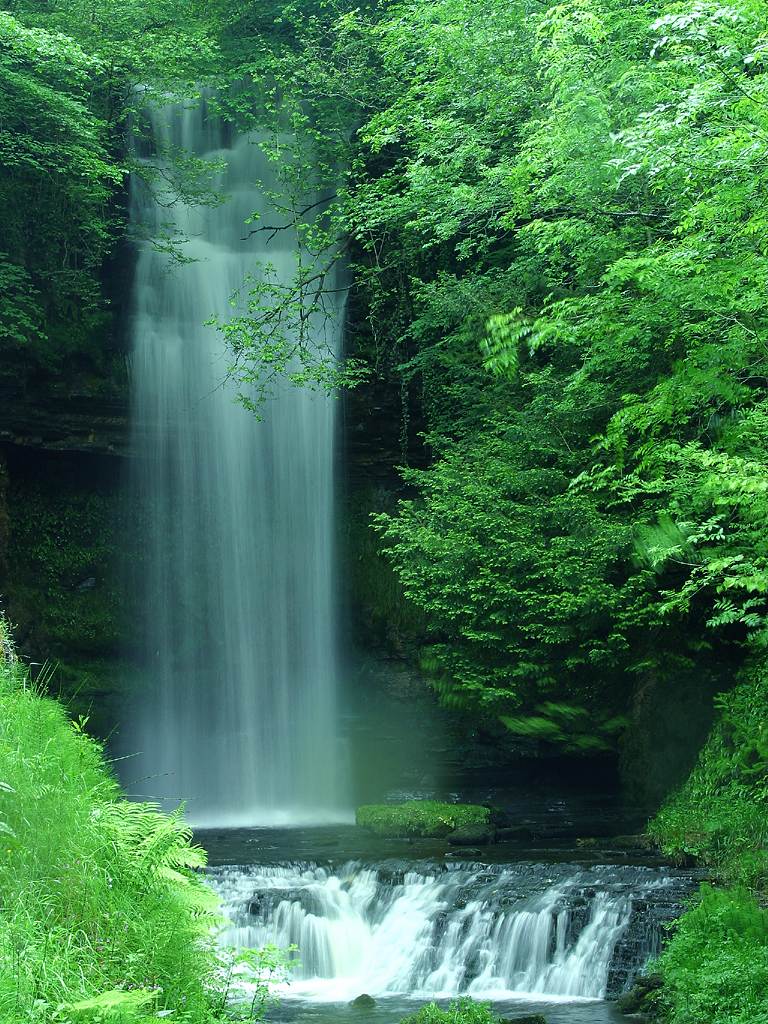|
Ghost Estate
A ghost estate ( ga, Eastát na Sí, "Fairy estate") is an unoccupied housing estate, particularly one built in the Republic of Ireland during the period of economic growth when the Irish economy was known as the Celtic Tiger. A massive surplus of housing, combined with the late-2000s recession, resulted in a large number of estates being abandoned, unoccupied or uncompleted. In 2010 there were more than 600 ghost estates in Ireland, and a government agency report estimated the number of empty homes in Ireland at greater than 300,000. The National Institute for Regional and Spatial Analysis defines a ghost estate as developments of "ten or more houses where 50% of the properties are either vacant or under-construction", which therefore does not fully cover the total number of unfinished estates. The 2011 Census lists the number of empty homes to be around 230,000 (excluding the 60,000 holiday homes), around 26% of which are apartments, despite the fact that only 11% of the occupie ... [...More Info...] [...Related Items...] OR: [Wikipedia] [Google] [Baidu] |
Aos Sí
' (; older form: ) is the Irish name for a supernatural race in Celtic mythology – spelled ''sìth'' by the Scots, but pronounced the same – comparable to fairies or elves. They are said to descend from either fallen angels or the Tuatha Dé Danann, meaning the "People of Danu", depending on the Abrahamic or pagan tradition. The ''aos sí'' are said to live underground in fairy forts, across the Western sea, or in an invisible world that co-exists with the world of humans. This world is described in the ''Lebor Gabála Érenn'' as a parallel universe in which the ''aos sí'' walk among the living. In modern Irish the people of the mounds are also called ''daoine sí''; in Scottish Gaelic they are called ''daoine sìth'' (in both cases, it means "people of the fairy mound"). They are variously said to be the ancestors, the spirits of nature, or goddesses and gods. Evans Wentz, W. Y. (1966, 1990The Fairy-Faith in Celtic Countries Gerrards Cross, Colin Smythe Humanitie ... [...More Info...] [...Related Items...] OR: [Wikipedia] [Google] [Baidu] |
Cavan
Cavan ( ; ) is the county town of County Cavan in Ireland. The town lies in Ulster, near the border with County Fermanagh in Northern Ireland. The town is bypassed by the main N3 road that links Dublin (to the south) with Enniskillen, Ballyshannon and Donegal Town (to the north). History Gaelic Cavan 1300–1607 Cavan was founded by the Irish clan chief and Lord of East Breifne, Giolla Íosa Ruadh O’Reilly, between 1300 and his death in 1330. During his lordship, a friary run by the Dominican Order was established close to the O’Reilly stronghold at Tullymongan and was at the centre of the settlement close to a crossing over the river and to the town's marketplace. It is recorded that the (Cavan) Dominicans were expelled in 1393, replaced by an Order of Conventual Franciscan friars. The friary's location is marked by an eighteenth-century tower in the graveyard at Abbey Street which appears to incorporate remains of the original medieval friary tower. The imprint of ... [...More Info...] [...Related Items...] OR: [Wikipedia] [Google] [Baidu] |
2012 Irish Budget
The 2012 Irish budget was the Irish Government budget for the 2012 fiscal year, the first budget of the 29th Government of Ireland. It was presented to Dáil Éireann in two parts on 5–6 December 2011, with the first part delivered by Minister for Public Expenditure and Reform Brendan Howlin, and the second part delivered by Minister for Finance Michael Noonan. The budget contained tax increases, and spending cuts of €3.6bn for 2012.Irish Budget 2012 Finfacts. December 2012. Before the budget The budget was preceded by a rare televised national address by a Taoiseach when Enda Kenny[...More Info...] [...Related Items...] OR: [Wikipedia] [Google] [Baidu] |
Bulldoze
A bulldozer or dozer (also called a crawler) is a large, motorized machine equipped with a metal blade to the front for pushing material: soil, sand, snow, rubble, or rock during construction work. It travels most commonly on continuous tracks, though specialized models riding on large off-road tires are also produced. Its most popular accessory is a ripper, a large hook-like device mounted singly or in multiples in the rear to loosen dense materials. Bulldozers are used heavily in large and small scale construction, road building, minings and quarrying, on farms, in heavy industry factories, and in military applications in both peace and wartime. The word "bulldozer" refers only to a motorized unit fitted with a blade designed for pushing. The word is sometimes used inaccurately for other heavy equipment such as a front-end loader designed for carrying rather than pushing material. Description Typically, bulldozers are large and powerful tracked heavy equipme ... [...More Info...] [...Related Items...] OR: [Wikipedia] [Google] [Baidu] |
Minister Of State At The Department Of Housing, Local Government And Heritage
The Minister of State at the Department of Housing, Local Government and Heritage is a junior ministerial post in the Department of Housing, Local Government and Heritage of the Government of Ireland who may perform functions delegated by the Minister for Housing, Local Government and Heritage. A Minister of State does not hold cabinet rank. There are currently two Ministers of State, who were appointed in 2022: *Kieran O'Donnell, TD – Minister of State for Local Government and Planning *Malcolm Noonan, TD – Minister of State for Heritage and Electoral Reform List of Parliamentary Secretaries List of Ministers of State References {{Ministers of State of Ireland Housing Housing, or more generally, living spaces, refers to the construction and assigned usage of houses or buildings individually or collectively, for the purpose of shelter. Housing ensures that members of society have a place to live, whether it ... Department of Housing, Local Government and Herit ... [...More Info...] [...Related Items...] OR: [Wikipedia] [Google] [Baidu] |
Ciarán Cuffe
Ciarán Cuffe (born 3 April 1963) is an Irish politician who is a Member of the European Parliament (MEP) from Ireland for the Dublin constituency since July 2019. He is a member of the Green Party, part of the European Green Party. He previously served as a Minister of State from 2010 to 2011. He was a Teachta Dála (TD) for the Dún Laoghaire constituency from 2002 to 2011. Background and personal life He was born in Shankill, Dublin, the son of Luan Peter Cuffe and Patricia Sistine Skakel. Luan Cuffe was an architect who was involved in town planning for Dún Laoghaire and Wicklow before taking over his brother-in-law's architectural practice. Luan Cuffe trained in Harvard University under Walter Gropius where he met Patricia Skakel whom he married. Through his mother Patricia, Cuffe is a grandson of George Skakel, a founder of Great Lakes Carbon Corporation, and a nephew of Ethel Skakel Kennedy. His cousins include the children of Ethel and Robert F. Kennedy. Cuffe's grandu ... [...More Info...] [...Related Items...] OR: [Wikipedia] [Google] [Baidu] |
Solvency
Solvency, in finance or business, is the degree to which the current assets of an individual or entity exceed the current liabilities of that individual or entity. Solvency can also be described as the ability of a corporation to meet its long-term fixed expenses and to accomplish long-term expansion and growth. This is best measured using the net liquid balance (NLB) formula. In this formula, solvency is calculated by adding cash and cash equivalents to short-term investments, then subtracting notes payable. There exist cryptographic schemes for both proofs of liabilities and assets, especially in the blockchain space. See also *Accounting liquidity *Debt ratio *Going concern *Insolvency *Quick ratio In finance, the quick ratio, also known as the acid-test ratio is a type of liquidity ratio, which measures the ability of a company to use its ''near cash'' or quick assets to extinguish or retire its current liabilities immediately. It is defi ... Notes References * * * * ... [...More Info...] [...Related Items...] OR: [Wikipedia] [Google] [Baidu] |
Bad Bank
A bad bank is a corporate structure which isolates illiquid and high risk assets (typically non-performing loans) held by a bank or a financial organisation, or perhaps a group of banks or financial organisations. A bank may accumulate a large portfolio of debts or other financial instruments which unexpectedly become at risk of partial or full default. A large volume of non-performing assets usually make it difficult for the bank to raise capital, for example through sales of bonds. In these circumstances, the bank may wish to segregate its good assets from its bad assets through the creation of a bad bank. The goal of the segregation is to allow investors to assess the bank's financial health with greater certainty. A bad bank might be established by one bank or financial institution as part of a strategy to deal with a difficult financial situation, or by a government or some other official institution as part of an official response to financial problems across a number of inst ... [...More Info...] [...Related Items...] OR: [Wikipedia] [Google] [Baidu] |
National Asset Management Agency
The National Asset Management Agency (NAMA; ga, Gníomhaireacht Náisiúnta um Bhainistíocht Sócmhainní) is a body created by the government of Ireland in late 2009 in response to the Irish financial crisis and the deflation of the Irish property bubble. NAMA functions as a ''bad bank'', acquiring property development loans from Irish banks in return for government purple debts bonds, ostensibly with a view to improving the availability of credit in the Irish economy. The original book value of these loans was €77 billion (comprising €68bn for the original loans and €9bn rolled up interest), and the original asset values to which the loans related was €88bn, with there being an average Loan To Value of 77% and the current market value is estimated at €47 billion. NAMA is controversial, with politicians (who were in opposition at the time of its formation) and some economists criticising the approach, including Nobel Prize-winning economist Joseph Stiglitz who has ... [...More Info...] [...Related Items...] OR: [Wikipedia] [Google] [Baidu] |
Social Housing
Public housing is a form of housing tenure in which the property is usually owned by a government authority, either central or local. Although the common goal of public housing is to provide affordable housing, the details, terminology, definitions of poverty, and other criteria for allocation vary within different contexts. Public housing developments are classified as housing projects that are owned by a city's Housing authority or Federally subsidized public housing operated through HUD. Social housing is any rental housing that may be owned and managed by the state, by non-profit organizations, or by a combination of the two, usually with the aim of providing affordable housing. Social housing is generally rationed by a government through some form of means-testing or through administrative measures of housing need. One can regard social housing as a potential remedy for housing inequality. Private housing is a form of housing tenure in which the property is owned by an i ... [...More Info...] [...Related Items...] OR: [Wikipedia] [Google] [Baidu] |
Michael Finneran
Michael Finneran (born 10 September 1947) is an Irish former Fianna Fáil politician. He was a Teachta Dála (TD) for the Roscommon–South Leitrim constituency from 2007 to 2011, and also served as a Minister of State. A former psychiatric nurse, Finneran was first elected to Dáil Éireann at the 2002 general election for the Longford–Roscommon constituency. He was previously a member of Seanad Éireann from 1989 to 2002. On 13 May 2008, shortly after Brian Cowen became Taoiseach The Taoiseach is the head of government, or prime minister, of Republic of Ireland, Ireland. The office is appointed by the president of Ireland upon the nomination of Dáil Éireann (the lower house of the Oireachtas, Ireland's national legisl ..., he was appointed as Minister of State at the Department of the Environment, Community and Local Government with special responsibility for Housing, Urban Renewal and Developing Areas. His area of responsibility was changed to Housing and Loca ... [...More Info...] [...Related Items...] OR: [Wikipedia] [Google] [Baidu] |
County Leitrim
County Leitrim ( ; gle, Contae Liatroma) is a county in Ireland. It is in the province of Connacht and is part of the Northern and Western Region. It is named after the village of Leitrim. Leitrim County Council is the local authority for the county, which had a population of 35,087 according to the 2022 census. The county encompasses the historic Gaelic territory of West Breffny () corresponding to the northern part of the county, and Muintir Eolais or Conmaicne Réin, corresponding to the southern part. Geography Leitrim is the 26th largest of the 32 counties by area (the 21st largest of the 26 counties of the Republic) and the smallest by population. It is the smallest of Connacht's five counties in both size and population. Leitrim is bordered by the counties of Donegal to the north, Fermanagh to the north-east, Cavan to the east, Longford to the south, Roscommon to the south-west and Sligo to the west. Fermanagh is in Northern Ireland while all the other neighbo ... [...More Info...] [...Related Items...] OR: [Wikipedia] [Google] [Baidu] |
.jpg)





